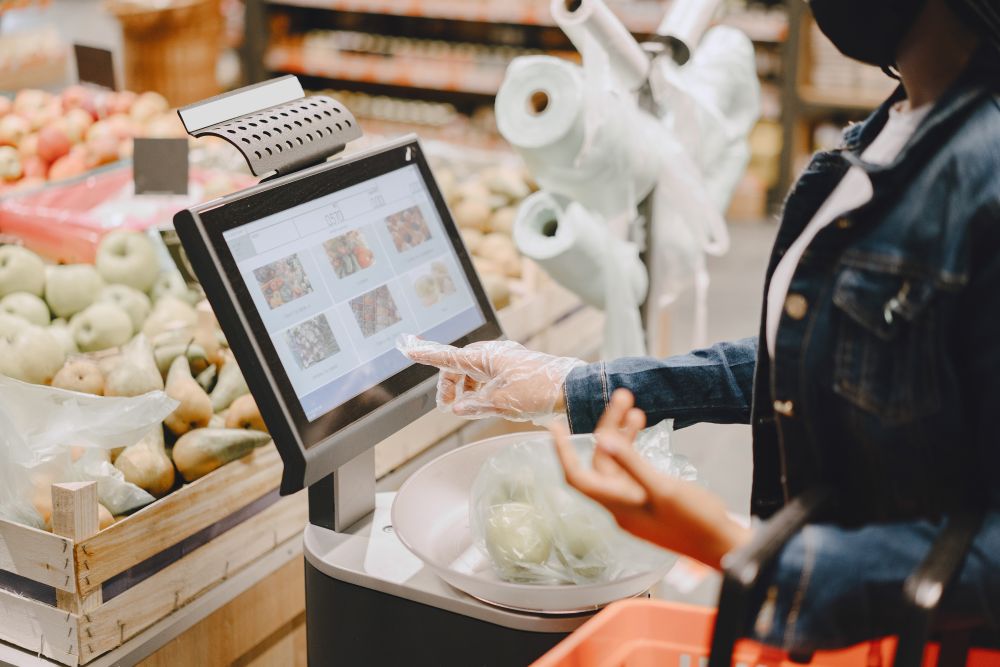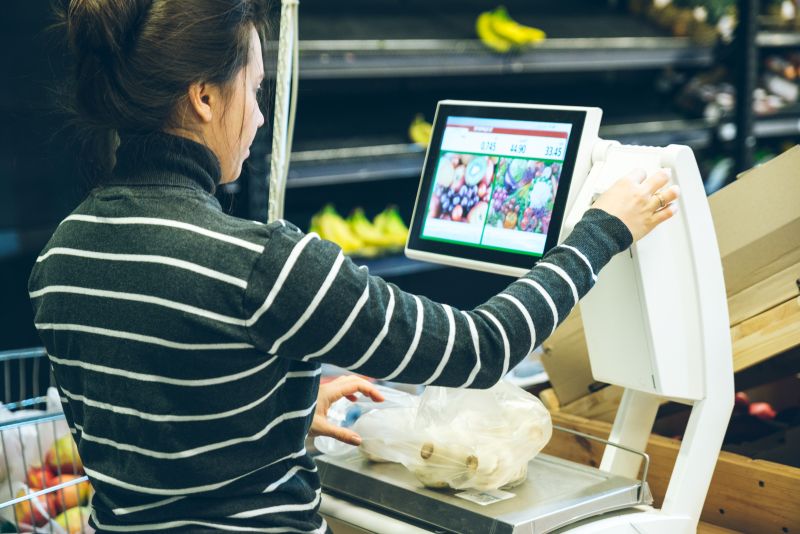Recent Trends in Supermarket Material Handling Equipment
In the ever-evolving landscape of supermarket operations, efficient material handling has become paramount. As customer expectations continue to rise and competition intensifies, supermarkets are turning to innovative equipment and practices to enhance their material handling processes. Here, we explore some of the latest trends shaping the future of material handling in supermarkets.
Table of Contents
1. Automation and Robotics

The rise of automation is a game-changer for supermarkets. Robotics is increasingly being integrated into material handling tasks, from restocking shelves to managing inventory in the warehouse. Automated guided vehicles (AGVs) and robotic arms can navigate the store and assist staff, improving efficiency and reducing labor costs. These innovations not only speed up the movement of goods but also help minimize human error.
2. Smart Carts and Trolleys
Smart carts, equipped with digital displays and navigational technology, are gaining popularity. These carts can guide shoppers through the store, suggest items based on their preferences, and even help manage shopping lists. For staff, smart trolleys can be used to streamline the restocking process, with built-in scanners that track inventory levels in real-time.
3. Ergonomic Designs

As customer and employee safety becomes a priority, supermarkets are opting for ergonomically designed material handling equipment. This includes adjustable shelving, improved pallet jacks, and user-friendly carts that reduce strain on employees. By focusing on ergonomics, supermarkets can enhance employee well-being and productivity while minimizing the risk of workplace injuries.
4. Sustainable Practices
With a growing emphasis on sustainability, supermarkets are increasingly adopting eco-friendly material handling solutions. This includes using lightweight, recyclable materials for equipment and adopting energy-efficient systems. Sustainable practices not only appeal to environmentally conscious consumers but also contribute to overall operational efficiency.
5. Real-Time Inventory Management

The integration of advanced software and IoT technology is transforming inventory management. Supermarkets are implementing real-time tracking systems to monitor stock levels, enabling them to make data-driven decisions about restocking and inventory control. This trend reduces waste, optimizes supply chain management, and ensures that stores are always stocked with the products customers want.
6. Mobile and Contactless Technology

The COVID-19 pandemic accelerated the adoption of mobile and contactless technology in grocery shopping. Supermarkets are now leveraging mobile apps to facilitate easier checkouts and inventory management. Contactless payment options, mobile scanning, and app-based shopping experiences are enhancing convenience for customers while streamlining material handling for stores.
7. Enhanced Training and Safety Protocols
As new material handling equipment and technologies are introduced, proper training becomes essential. Supermarkets are investing in comprehensive training programs to ensure employees are proficient in using new equipment safely and efficiently. This focus on training not only helps improve operational efficiency but also fosters a culture of safety in the workplace.
Frequently Asked Questions
What is the significance of automation in supermarket material handling?
Automation enhances efficiency by using robotics and automated guided vehicles (AGVs) to perform tasks such as restocking shelves and managing inventory. This helps reduce labor costs and minimize human error, improving overall operational efficiency.
How do smart carts benefit both customers and staff?
Smart carts assist customers by guiding them through the store and suggesting items based on preferences, while also allowing staff to streamline restocking with real-time inventory tracking features. This dual function enhances the shopping experience and improves operational efficiency.
Why is ergonomic design important in supermarket equipment?
Ergonomic designs reduce strain on employees, leading to fewer workplace injuries and enhancing productivity. Adjustable shelving and user-friendly carts promote better employee well-being, which ultimately contributes to a more efficient store environment.
What are some sustainable practices in material handling?
Sustainable practices include using lightweight, recyclable materials for equipment and adopting energy-efficient systems. These initiatives not only appeal to environmentally conscious consumers but also improve overall operational efficiency.
How does real-time inventory management work?
Real-time inventory management utilizes advanced software and IoT technology to monitor stock levels continuously. This allows supermarkets to make informed decisions about restocking and inventory control, reducing waste and optimizing supply chain management.
What impact did the COVID-19 pandemic have on material handling technology?
The pandemic accelerated the adoption of mobile and contactless technology, such as mobile apps for easy checkouts and contactless payment options. These innovations enhance customer convenience and streamline material handling processes in stores.
Why is training important with new material handling equipment?
Comprehensive training ensures that employees are proficient in safely and efficiently using new equipment. This focus on training improves operational efficiency and fosters a culture of safety within the workplace.
How can supermarkets stay competitive in the evolving retail market?
Supermarkets can remain competitive by embracing automation, sustainability, and advanced technologies while prioritizing safety and ergonomics. Keeping up with the latest trends in material handling will enhance operational efficiency and improve the overall shopping experience.
What future trends should we expect in supermarket material handling?
Future trends may include further advancements in robotics, increased use of AI for inventory management, and innovations in sustainable practices. Supermarkets will likely continue to explore ways to enhance customer experience and operational efficiency.


